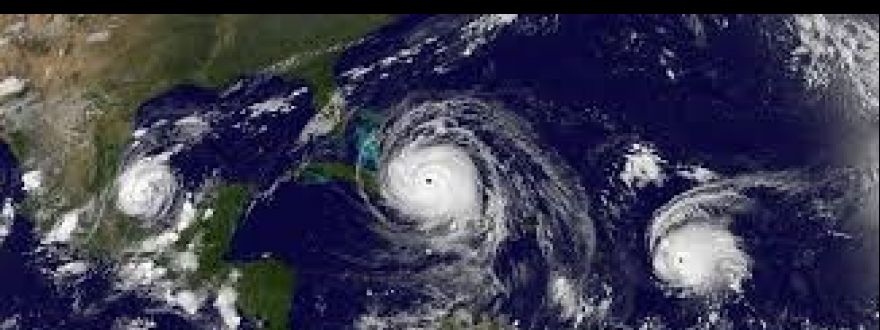
The official start of hurricane season is June 1 and lasts through November 30 but for the fifth year in a row the season started early, with sub-tropical storm Andrea forming in the gulf in late May. It seems wrong to have the Disaster Spending Bill for the 2018 season sitting on the President's desk when the 2019 season has already started. It reminds me of those NFL players that hold off on signing their contracts until the first game has already been played, looking for leverage. In this case though, Mother Earth is a tough negotiator.
Every year the National Oceanic and Atmospheric Administration (NOAA) analyzes climate data and comes up with a prediction for the coming season. The headlines you may see from this year include "NOAA predicts a near-normal hurricane season" but that is a little misleading. They only gave it a 40% chance of being near-normal, meaning it is more likely not to be normal, for better or worse. The average number of hurricanes in a season is six and this year, with 70% confidence, NOAA safely predicts there being four to eight hurricanes.
NOAA predictions tend to be reliable. In 2005 for example, the busiest season on record with 15 hurricanes, NOAA gave it a 70% chance of being an above-normal season with a prediction of 7-9 hurricanes. In that year, six storms each caused more than $1 billion in damage. In 2015 for another example, they gave it a 70% chance of being below-normal season. In that year there were only 4 hurricanes and less than $1 billion total damage for the entire season.
This year three new NOAA satellites will see action and NOAA has upgraded its model for the first time in 40 years. It is a complicated model that takes into account sea temperatures, El Nino, and west African monsoons among countless other factors, so it comes as no surprise that they were cautious in replacing it. We all hope this investment in technology will allow earlier warnings and more accurate in-storm data.
The 2018 prediction was very similar to 2019's, with only a 5% decrease in the odds of an above-normal season. In that year there ended up being eight hurricanes and two of Category 3 or higher, both inside the range provided in the model. The number of storms matters little, the severity of those storms makes all the difference. Michael and Florence, the only two major storms of the 2018 season, accounted for nearly $50 billion in damage, or 98% of the total damage done during the season.
It is always wise to be prepared. An average hurricane season is like an average broken leg, some hurt worse than others but they are all painful. Make sure you have supplies of food and water for several days, a travel plan, double check your insurance policies, and maybe ask your agent for some time to go over everything. An insurance agent should do more than sell you insurance, they should be available to answer questions and offer feedback. Norton Insurance is committed to providing you the best service possible and to be here if a storm hits.







